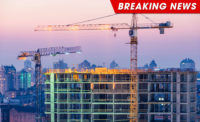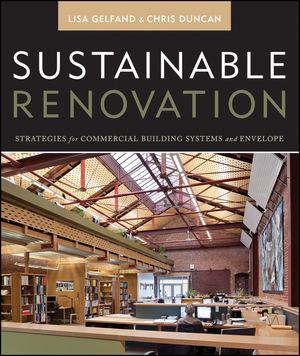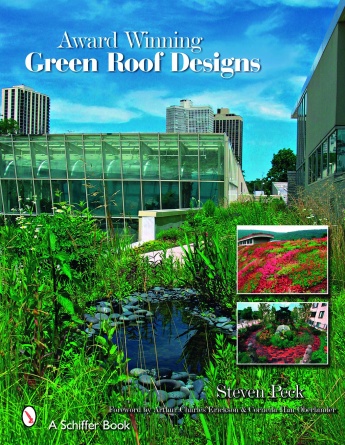KWK Architects/TKDA Wins Award for Hall Renovation

Design architect KWK Architects, with architecture/engineering firm-of-record TKDA of St. Paul, MN, received a Grand Award from the American Council of Engineering Companies of Minnesota (ACEC/MN) for the design team’s renovation and expansion of the University of Minnesota’s historic Pioneer Hall. The award was presented at the organization’s 53rd annual Engineering Excellence Awards banquet on Jan. 24 which recognizes engineering firms and their clients for projects that demonstrate a high level of accomplishment, value to the community and ingenuity.
The newly renovated and expanded 90-year-old Pioneer Hall welcomed incoming freshmen for the fall 2019 semester. The $104.5 million project increased the number of student beds at the residence hall from 693 on four floors to 756 on five floors, while preserving a significant amount of the structure’s historic Georgian Revival-style exterior.
“This was a challenging design project on many levels,” said KWK Architects Principal Sara Koester. “We knew that the design needed to increase inclusiveness and accessibility, provide housing and dining for additional students and provide modern updates, all while maintaining a significant amount of the building’s historic character. We are proud to have been recognized by the ACEC/MN for our work on this important project for the university.”
First opened in the early 1930s, Pioneer Hall was the university’s first dormitory for men. At that time, the building consisted of a series of houses with three- and four-room suites with separate bedrooms for each student and a common study and bathroom. The two back-to-back, C-shaped buildings formed two courtyards, with each house having its own exterior entrance off the courtyard. The main dining rooms were located in the basement level extending upward through the first floor.
Over time, the building evolved with a kitchen addition in 1958 and a full-scale renovation in 1977 that introduced a corridor system to connect all houses, provided updated systems and added a small loading dock for residential life staff.
After many decades of service, Pioneer Hall was no longer meeting the needs of today’s students. The existing building lacked accessibility with no elevator, multiple floor levels to navigate, exterior stoops with stairs at entry points, inaccessible bathrooms and inadequate circulation. The dining rooms were subterranean with the only views to the exterior from high clerestory windows. Major mechanical, plumbing and electrical systems needed improvements, and the building exterior components needed restoration.
The renovation increased the hall’s total square footage from 177,000 SF to 257,000 SF, with demolition of the existing building limited to the center construction and within the courtyards, with approximately 60% of the typical upper floors being retained.
A new 42,000 SF dining facility was designed with seating for 850 students that features eight venues arranged in a Main Street configuration. Fresh food is prepared at salad/deli, grill, pasta, pizza, sauté, Mongolian stir-fry, home-cooking, and allergen-free stations, with emphasis on display cooking and a variety of food choices. An on-site bakery offers fresh baked breads, cookies and donuts, and a breakfast venue offers traditional morning fare.
A new central, sub-basement level was built to accommodate the main mechanical, electrical, and telecom rooms; the new construction was concentrated in the courtyards and center to connect the building on all levels. The center addition linking the two C-shaped existing buildings extends up vertically for a full story instead of traditional attic space framing of the existing buildings and provides additional area while giving a massing hierarchy to the center linking element.
The renovated residence hall features community-style living unit modules with a small group of residents sharing a community bathroom. These facilities are grouped with single-use private bathrooms to offer varying levels of privacy. Studies and lounges are provided for the communities, and a dedicated floor lounge allows for larger gatherings. Classroom, multipurpose, music practice, recreation rooms, large student kitchen, meditation and tech/business center provide a variety of spaces for students to gather, study or relax.
Looking for a reprint of this article?
From high-res PDFs to custom plaques, order your copy today!








